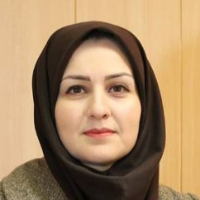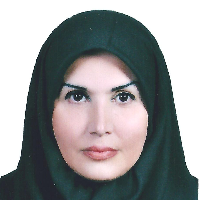Explaining the Renovation Model and Sustainability of Rural Housing, Based on the Vernacular Architecture elements (Case Study: Sistan Region in the Southeast of Iran)
This study has been carried out to investigate rural residents' perception of the built environments by vernacular patterns. It aimed to examine major factors in the renovation and rehabilitation of rural housing based on vernacular architectural characteristics based on the recommended conceptual model prepared from related research studies.
This study is conducted using a questionnaire distributed among 150 residents of three villages: Ghale-Now, Dehnow Piran, and Deh-Arbab. A quantitative approach and documentary and survey methods were used to collect data.
The results show that people consider renovation and rehabilitation as a factor in improving the quality of life. Also, findings show that the top priorities are providing the residents' needed services, improving road conditions, total renovation, and preserving the village's identity. The investigations indicated that providing adequate housing requires a comprehensive and systematic approach to all the quantitative and qualitative dimensions of housing formation. Further, considering villages of the region as a single system and focusing on policy priorities in all three social, economic, and physical dimensions of housing are fundamental. Therefore, if the preservation of sustainable values of vernacular architecture is intended, it is necessary to preserve the basis of vernacular architecture and find solutions only for its problematic components.
presenting adequate housing patterns for the villages of the Sistan region requires inspecting the architecture of housing patterns, especially the typology of rural housing, preparing the principles and standards of good design with sustainable elements and identity formation present in them. Finally, the new achievements of the study on the use of indigenous components in the renovation of vernacular housing in the region include the adaptation of occupancy and living spaces based on improving the environmental quality. In addition, other achievements include changing behaviour and lifestyle habits, improving communication routes by considering the residents' priorities and lifestyle, and the physical manifestation arising from these habits in the recommended conceptual model.
- حق عضویت دریافتی صرف حمایت از نشریات عضو و نگهداری، تکمیل و توسعه مگیران میشود.
- پرداخت حق اشتراک و دانلود مقالات اجازه بازنشر آن در سایر رسانههای چاپی و دیجیتال را به کاربر نمیدهد.



